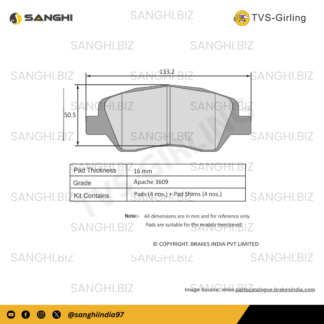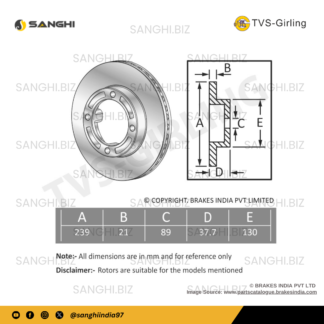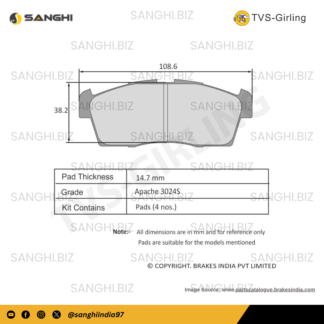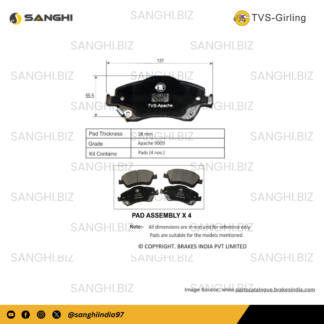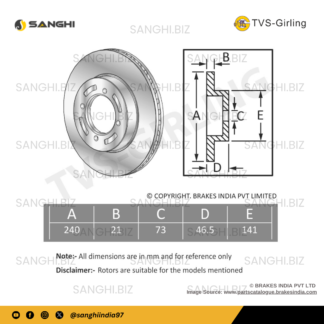Understanding Different Types of Brake Pads and Their Benefits
Brake pads are crucial components of a vehicle’s braking system, playing a significant role in ensuring safety and performance. Understanding the different types of brake pads and their benefits can help you make informed decisions about maintenance and replacements. Here’s a breakdown of the most common types of brake pads and their advantages.
1. Organic Brake Pads
Composition: Organic brake pads, also known as non-asbestos organic (NAO) pads, are made from materials like glass, rubber, carbon, and Kevlar bonded with resin.
Benefits:
– Quieter Operation: Organic pads are known for their quiet braking, producing less noise than other types.
– Less Dust: They generate less dust, keeping your wheels cleaner.
– Cost-Effective: Typically, organic brake pads are more affordable compared to other types.
– Gentle on Rotors: These pads are softer, which means they are less likely to damage brake rotors.
Best For: Daily driving and light to moderate use. They are ideal for city driving with minimal stress on the braking system.
2. Semi-Metallic Brake Pads
Composition: Semi-metallic pads contain 30-65% metal, such as steel, iron, copper, and other composite alloys, mixed with graphite and other fillers.
Benefits:
– Durability: These pads are highly durable and have a longer lifespan.
– Better Heat Dissipation: The metallic content allows for better heat transfer, reducing the risk of brake fade.
– Performance: They provide better braking performance, especially under extreme conditions.
Best For: Performance-oriented driving and heavy-duty applications, such as towing or racing.
3. Ceramic Brake Pads
Composition: Ceramic brake pads are made from ceramic fibers, nonferrous filler materials, and bonding agents. They often include small amounts of metal.
Benefits:
– Quiet Operation: Ceramic pads are very quiet, producing minimal noise during braking.
– Low Dust: They produce less dust, maintaining a cleaner appearance for your wheels.
– Consistent Performance: These pads offer consistent performance across a wide range of temperatures and driving conditions.
– Longevity: Ceramic pads tend to last longer than organic and semi-metallic pads.
Best For: Drivers looking for a balance of performance and longevity, suitable for both everyday driving and performance applications.
4. Low-Metallic NAO Brake Pads
Composition: Low-metallic NAO pads are a type of organic brake pad with a small amount of added metal, typically 10-30%, such as copper or steel.
Benefits:
– Improved Braking Performance: The added metal content enhances braking performance and heat dissipation.
– Affordable: They offer a good balance of performance and cost.
Best For: Drivers who want a mix of the benefits of organic and semi-metallic pads, suitable for a range of driving conditions.
Choosing the Right Brake Pads
When selecting brake pads, consider the following factors:
– Driving Style: Evaluate your typical driving conditions. Performance pads are best for aggressive driving, while organic pads suit daily commutes.
– Vehicle Type: Different vehicles have different braking needs. Check your vehicle’s specifications and requirements.
– Budget: While cost is important, investing in high-quality brake pads can save money in the long run by reducing wear on other braking components.
Conclusion
Understanding the different types of brake pads and their benefits allows you to make an informed decision tailored to your driving needs. Whether you prioritize quiet operation, durability, performance, or cost-effectiveness, there’s a brake pad type that’s right for you. Regular maintenance and choosing the appropriate brake pads ensure your vehicle’s braking system remains efficient and reliable, providing you with peace of mind on the road.
